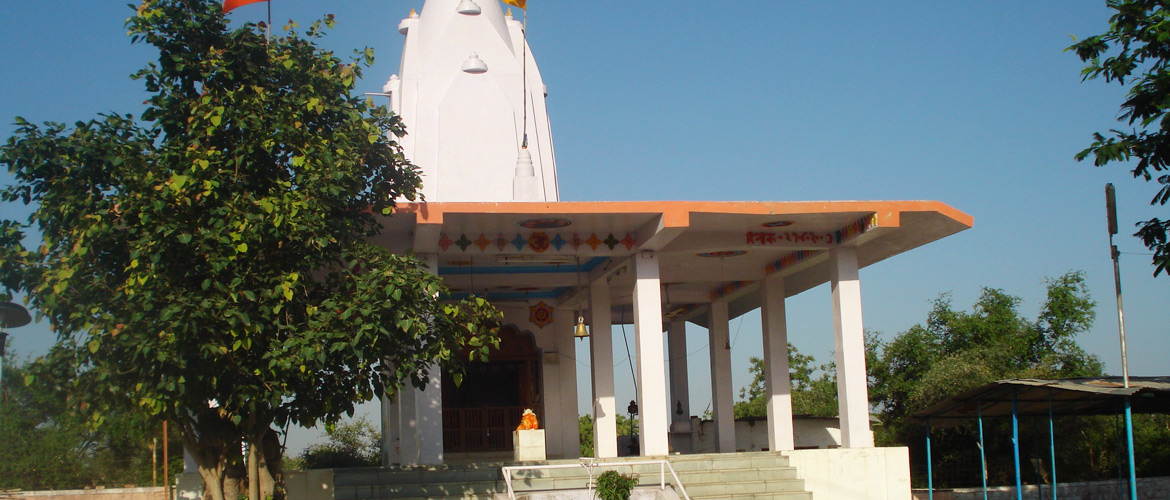Diu is best known for its Portuguese heritage and, among people across the border in Gujarat, for
The temple hosts five shiva linga, believed to be established by the five Pandavas during their exile from Hastinapur. The sea constantly barges into the temple and washes the linga off the offerings made by visiting devotees. Now I’m not one for surreal mythological tales, but the sheer aesthetics of this place lured me into visiting it.

On my visit, I witnessed three generations of a family – each visiting for a different reason. The man whom I assumed to be the grandfather chanted in sync with a tape being played by a recorder tucked away between two rocks, with as much devotion as he could fathom amid the din of the ocean. The second generation – the parents – performed their rites rather quickly and started evaluating the perfect angle for a photograph. The kid, however, was mesmerised by the waves coming into this singular temple. “Beeeach!” he’d shriek every now and then, the only word he perhaps knew in the context of the ocean. His excitement quickly turned into horror though as waves started rising and crashing with intimidating force onto the rocks outside, splashing each one of us. The father distracted him with crabs that had been dragged in by the sea. Nothing catches a kid’s fancy like a creature that walks sideways.
When I approached the pujari of the temple, he started off with a disclaimer: “I will not give you my name,” and cited a remarkable reason for the discretion. He said his family was based in Leicester and would “spread my photo online,” which would lead to a lot of envy in this village. He recounted a similar side-effect when a few years ago, the temple was covered by a famous TV channel.

But like any other pujari, he was of the belief that it was indeed the five Pandavas who had come here, found these perfectly-chiselled rocks from the ocean, and established them as the shiva linga 5,500 yrs ago. The linga are also supposed to resemble the Pandavas in size and historical significance. The one supposedly laid by Bhim is the biggest, of course.
When asked about the waves affecting his day job, the pujari – whose name I will never know—replied with reverence weighing heavy on practiced words. “Those who are devoted enough come here daily—even during high tide when they brave knee-high waves to stand and pray.” How do they see the shiv linga submerged in knee-deep water, I wondered, but refrained from asking the question. This, after all, was no place for skeptics.
Diu
Gangeshwar Temple
Mahabharata


